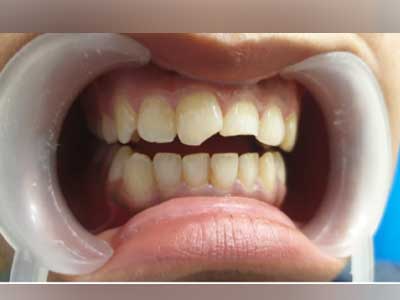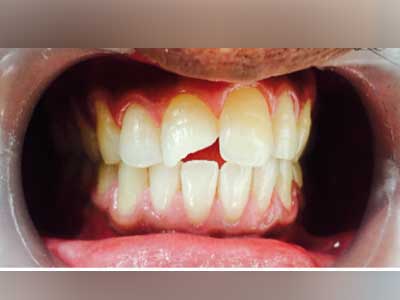Clinic Timings
Monday To Saturday
Morning-10:00 AM - 01:30 PM
Evening-05:00 PM - 08:30 PM
Sunday
10:00 AM - 01:30 PM
MANAGEMENT OF DENTAL TRAUMA


The first step in management of any injury is to assess the status of the patient in terms of brain injury that is often indicated by signs such as – loss of consciousness, nausea/vomiting, visual disturbances, confusion, fluids from the ear or nose and difficulty in speech. Only after this is assessed and the patient is clear/treated of these symptoms, dental treatment is indicated.
Chipped Tooth (Tooth Fracture)
Tooth fractures- especially the upper front teeth are very prone to trauma in kids and teens due to sports injuries. Minor fractures of the tooth involving a small portion of the tooth are generally repaired by Composite Fillings. These fillings have amazing cosmetic results and are completed in one visit.
Major tooth fractures may involve is use of x rays to determine the depth of damage and root canal treatment may be indicated followed by dental crowns.
Some injuries cause the tooth to move out from its position in the socket –either outward or inwards (Luxation). These are treated by splinting therapy (teeth are united together for a few weeks to assist uniform load distribution.
knocked-out Tooth
Trauma involving knocked-out tooth from its socket warrants immediate treatment. Cold packs are first placed around the injured site before going to the dentist. Try to pick up the tooth from the crown end (not the root end) and wash it gently without touching the tooth root. It is then stored in a glass of milk and brought to the dental clinic as soon as possible for re-insertion (Replantation). It is generally noted that teeth that are replanted into the socket within one hour of the accident have better chances of success.
Procedure
The dentist disinfects the injured site with antiseptics before re-inserting the knocked-out tooth. X rays are usually taken to assess the position and assess any bone fractures. A numbing injection is given to make the procedure pain free for the patient. After this the teeth are splinted as mentioned before to stabilize the teeth and bone.
Home care instructions include antibiotics, meticulous oral hygiene and soft diet for a few weeks. Root canal treatment is initiated in the successive visits. These teeth need a yearly follow up/ check-up visits to assess their status. Do remember to get a Tetanus shot if there are any associated soft tissue injuries like cuts in the lip/ chin or face.





